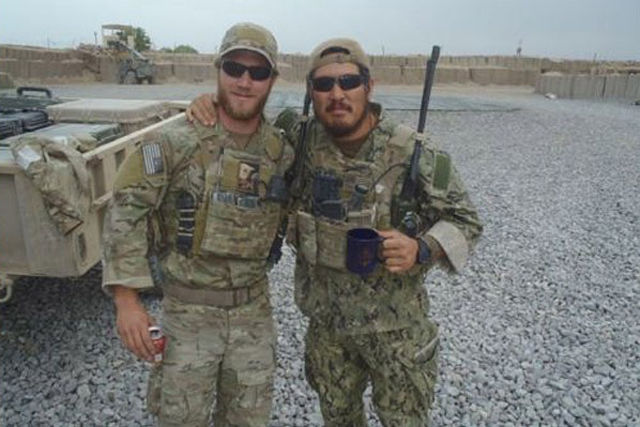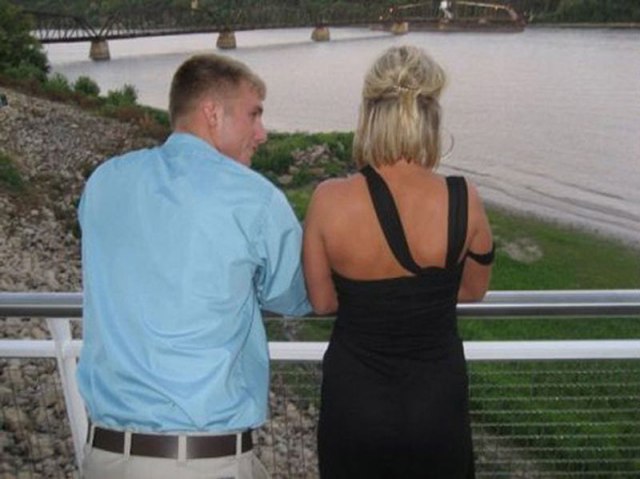Maj Gen Mrinal Suman
The day we joined the academy, we were told to take pride in the fact that we had opted for the noblest profession in the world – the profession of arms that ensures security of our country. We were also counselled that soldiering was a package deal with its minuses and pluses. The minuses exist due to the exigencies of service (threat to life, hardships, frequent transfers, separations and so on) and these have to be endured. However, the pluses outweigh the minuses by a huge margin: organisational cohesion being the most crucial one as it facilitates development of life-long bonds, both social and emotional.
Camaraderie and esprit de corps make soldiering the most rewarding experience, compensating for all the negatives of service life. We, the veterans somehow overlook its import and take these blessings for granted. Let me elucidate with two examples.
A few years ago, at an informal post-seminar interaction at the College of Defence Management Secunderabad, a senior retired IAS officer rued the fact that his service lacked the bonhomie of the armed forces. “I envy the way the veterans bond with the serving officers and get respect. In my service, once we retire, we are totally forgotten. My state does not even remember my birthday for a card. Yes, if I become a Governor tomorrow, I will again be surrounded by opportunists and sycophants,” he added.
Unable to resist his inquisitiveness, a serving Brigadier quipped that IAS was considered to be a highly close-knit service. The bureaucrat’s frank reply surprised all, “Yes, we close ranks whenever we sense external threat to our collective interests. Otherwise, ours is a dog-eat-dog world, full of self-seeking ‘climbers’.”
The second example pertains to ex-Short Service Commission (SSC) officers. Most have done well in the civil services. While occupying high positions in the civil hierarchy, they never reveal their army background. In fact, they make deliberate efforts to hide it, lest their old army course-mates try to get ‘familiar’ with them. Worse, most suffer from what is commonly referred to as ‘rank equivalence complex’. They keep comparing their pay scales with those of the service officers to draw equations with Lt Gens and army commanders. This complex manifests itself in their haughty and standoffish attitude.
That is the reason why no District Commissioner or Police Director General ever cares to remember his past regimental association to attend an artillery/infantry day function. Worse, they never offer to help army solve their pending issues with the civil administration. In other words, they behave like completely disconnected aliens.
However, superannuation hits them hard. Their much-vaunted civil service neglects them totally. Feeling abandoned, they rediscover their army roots and reclaim their old affiliation to seek membership of army institutes. They search-out long-forgotten course-mates to re-establish contacts and join their social circles. They realise that only army can provide everlasting camaraderie and social bonding.
Let us count our blessings
The above has been recounted here to highlight the fact that we the veterans are blessed to belong to an organisation whose comradeship and cohesion are the envy of all. No words can ever describe the intensity of covalent bonding amongst the serving and the veterans. One marvels at the love and respect that the serving soldiers shower on the veterans. Yes, it is pure selfless love as the veterans can do no favour to the serving.
Let me support my assertion with a recent example. We, 35 veterans and ladies attended our regiment’s raising day at Leimakhong in the first week of April. As is the service culture, despite major administrative constraints, we were treated with due deference and affection. In fact, the unit made it appear as if the veterans had done a great favour by joining the celebrations. As always, it was a humbling experience.
Well, this recounting is not about the unit personnel looking after their veterans: every unit in the Indian army has similar norms and traditions. It is about a unique honour that the local formation bestowed on the veterans. All veterans and ladies were invited to a banquet at the divisional mess. It was a gesture of monumental proportions.
With band in attendance, it was a nostalgic experience to be serenaded by the instrumentalists while dining. The veterans felt overwhelmed. Even the vibes in the air were affable, convivial and cordial. GOC’s unprecedented initiative made every veteran feel 10 years younger, brighter and more buoyant.
During a trip to the War Cemetery at Kohima, the veterans were hosted to a lunch by the Brigade Commander at Jakhama. Suffice it to say that the veterans were treated as honoured guests of the whole formation. To be wanted, loved and respected is a basic human necessity; more so when one advances in years.
The purpose of citing the above experience is to stress the point that no organisation in the world (both official and commercial) can ever match the intensity of affection that the army showers on its veterans. It is simply inimitable. Neither money can buy it nor can it be commandeered. Army’s ethos and value-system get manifested when veterans are made to feel like important VIPs.
For soldiers, nostalgia is an antidote to aging
Unfortunately, of late, the veterans have developed some sort of persecution complex. We have convinced ourselves that we are not getting a fair deal from the country. Resultantly, considerable discontentment and despondency have crept into our thinking.
Why let our old age become unhappy? There is a world beyond OROP: a world full of the memories of the troops we commanded, their raw courage and their unflinching loyalty to the comrades, unit and country. We indeed are very privileged to belong to the Indian army, a family with strong bonds of mutual caring. Let us cherish this blessing.
‘Once a soldier always a soldier’ is an old adage and nostalgia is an inalienable facet of every retired soldier’s psyche. In fact, post-retirement life gets enlivened only when the past events appear in flashback with reminiscence of old associations. A soldier lives and relives them till he breathes his last. It is an old belief that soldiers carry the memories of their comrades right up to Saint Peter’s pearly gates. While it is difficult to vouch for the veracity of the said belief, one thing is certain – army’s organisational bonding provides immense solace when age takes its toll and the faculties start ebbing.








































































































